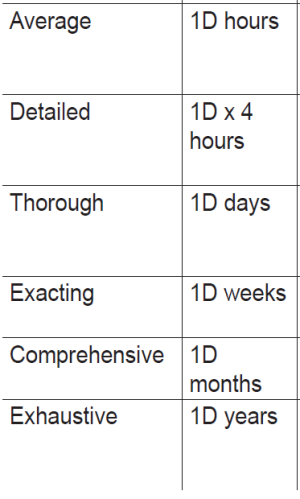I use the difference between cost of materials and the mass of the materials as a multiple for the time it takes to fabricate the product.
Using your Fabrication Unit (0.6 ton of material is valued at KCr9.75), building a 1dton end product that costs 48 MCr would take two fabrication units, but instead of only 8 hours (Average), it would take 1D weeks(10E-3 difference or three downshifts on the table). I flex this based on the TL difference of the fabricator to the product (add an upshift for each TL the Fabricator is above the output product or if the have "special instructions" available)
View attachment 5432

